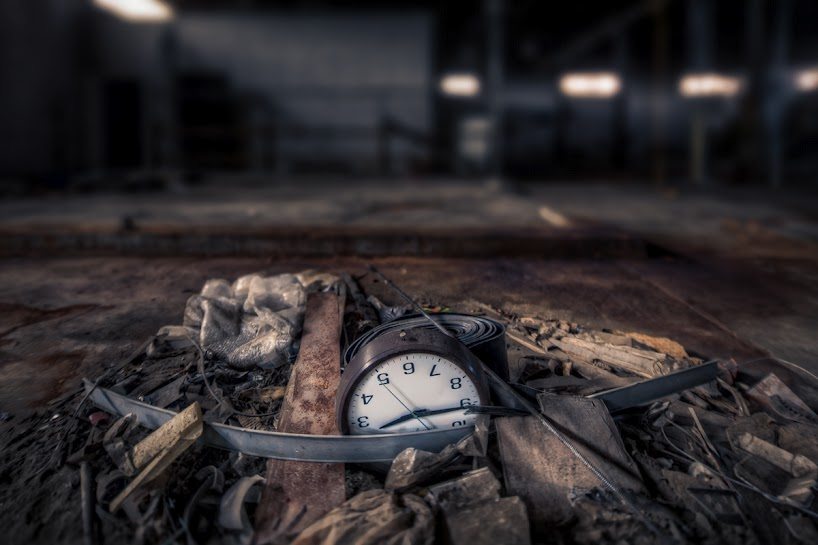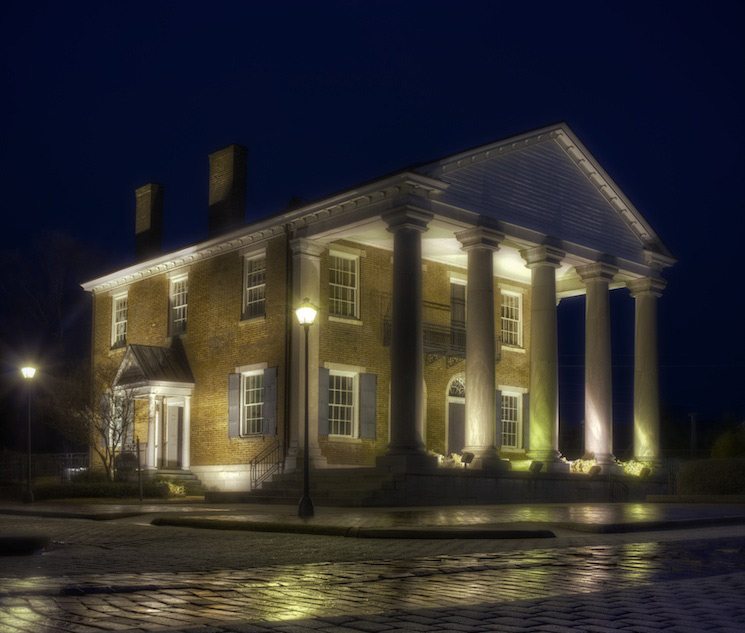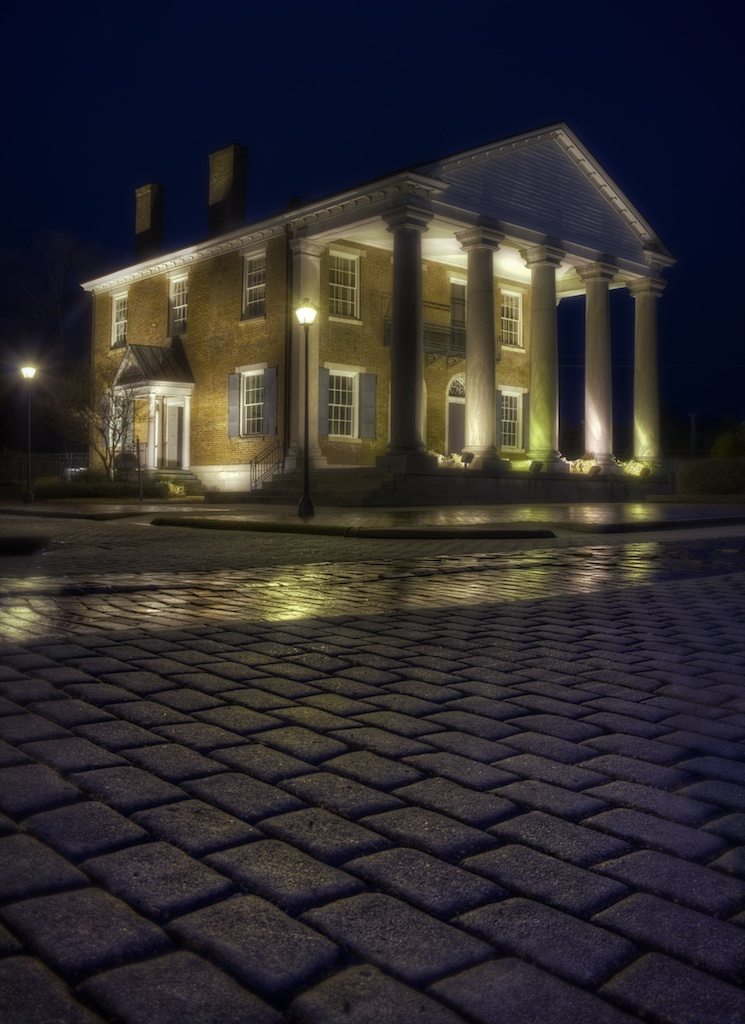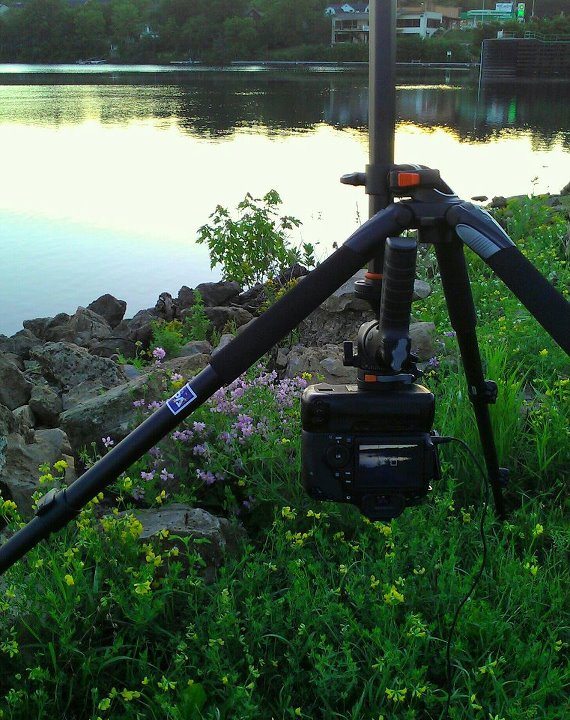One of the best pieces of advise I can give to someone who’s trying to improve their skills as a photographer is to get involved in social networking and start looking at other people’s work. First of all, the social part of it can be very rewarding, meeting and getting to know the really great folks in this industry and being able to get your work out there in front of other people. But the real benefit in looking at other great photographers’ work (and not so great ones, too) is that you can learn what aspects of an image you really like or dislike and apply them to your own product.
When I first started taking pictures, my images would look like nearly every other new photographer. We plant the tripod up fully extended, compose the frame and take the shot. This didn’t change for long time, until I saw an image from my friend Brian Matiash that really had an impact on how I would take pictures in the future.
If you don’t know or follow Brian, you’re cheating yourself. There’s a reason he’s the Education Manager at onOne Software – he’s a great teacher and one Hell of a photographer. Check out his website here www.brianmatiash.com and follow him on Google+, Twitter and anywhere else he’s hanging out. You’ll learn a lot! I really appreciate Brian sharing this pic for this article – he’s a standup guy!
There’s a lot about this image I like, but the main takeaway for me was the perspective, or the low point of view. It could have been taken from eye level, but that would have reduced the image’s strength by bringing the larger area of the room into play and reducing the emphasis on the main subject. Taken from the low point of view, the main subject became very clear without losing touch of environment and depth. This image stayed with me in the field, made me think about perspective before setting up the shot and how powerful a low point of view can be.
One of the best parts of using a low perspective is to bring foreground elements more prominently into the frame. This can be done to emphasize the specific element as the subject, as Brian did in his image above, to add depth to the image, accent or increase the impact of the main subject by making it taller/bigger or simply to frame the subject.
Here’s an example of using a low perspective help accent the main subject of an image. The image below features the Old State Bank in Decatur, AL. The image was taken at about 6AM just after a rain and has been intentionally cropped to show the bank on its own from what looks to be a normal perspective.
The bank looks good, but the image is very two dimensional and there’s not much of a clue to its surroundings. Now, let’s move the camera down low, bring in some of the foreground and see what it does.
With the low perspective, we now have a totally different picture. Bringing in the cobblestones and the reflection from the still wet low area, the image gains depth, texture, dimension and a better sense of the environment the bank resides in. The foreground cobblestones do compete with the bank for attention, but the leading lines of cobblestones and much brighter bank allow the eyes to move pretty easily from one area to the other.
Getting a low point of view can be a powerful image making tool, but it’s also one that should take some thought before using. You can go too low, for instance, eliminating the middle or even back part of the frame, either of which could decrease the amount of depth in the image or reduce the emphasis on an element in the frame that help tells the story. That’s why it’s so important to understand what you want the image to say before pressing the shutter so that you can choose a perspective that best suits the story you’re trying to tell.
Having a good tripod does help in getting closer to the ground, too. Not just one that can get you there, but one that can get your camera lower easily and quickly. Currently, I use a Vanguard Alta Pro 263 AT with a Vanguard GH-100 pistol grip head. The beauty of the 263AT tripod is that it has a multi-angle center column, meaning it can cover from 0 to 360 degrees, allowing me to pivot the center column so that the camera is virtually sitting on the ground upside-down. Not sure about your camera, but my Canon 60D’s LCD screen will readjust so that the live view turns right side up and I can compose the scene properly. Managing the buttons on the camera can be a bit of a challenge, but putting the camera at a low angle is very easy to do. On other models, the center column can be removed and the legs of the tripod spread so that the camera sits very low without too much trouble. The key is to have one that allows you to get low easily and support the camera set up you have.
A low perspective can also be beneficial in portraits, especially when taking pictures of children. Too many pictures of kids are taken from the eye level of the adult looking down on the child. This is a very unflattering look for the child, most of the time, and gives a sense of vulnerability to them. Getting down on their level, like the picture of my great nephew Grayson above, puts them in a more flattering composition that is definitely more natural. It also can help bring the environment into play, like if they’re sitting in the grass or laying on a special blanket.
Choosing a low perspective in taking a picture can bring a totally different look and feel to an image. It can be used to emphasize the subject or the environment, add depth and context or contribute to better framing the subject. When used well, it can truly transform a normal looking image into a dramatic one. On your next photo excursion, consider a low perspective and see if a dog’s eye view better suits what’s behind your eyes!
*The Current Photographer website contains links to our affiliate partners. Purchasing products and services through these links helps support our efforts to bring you the quality information you love and there’s no additional cost to you.
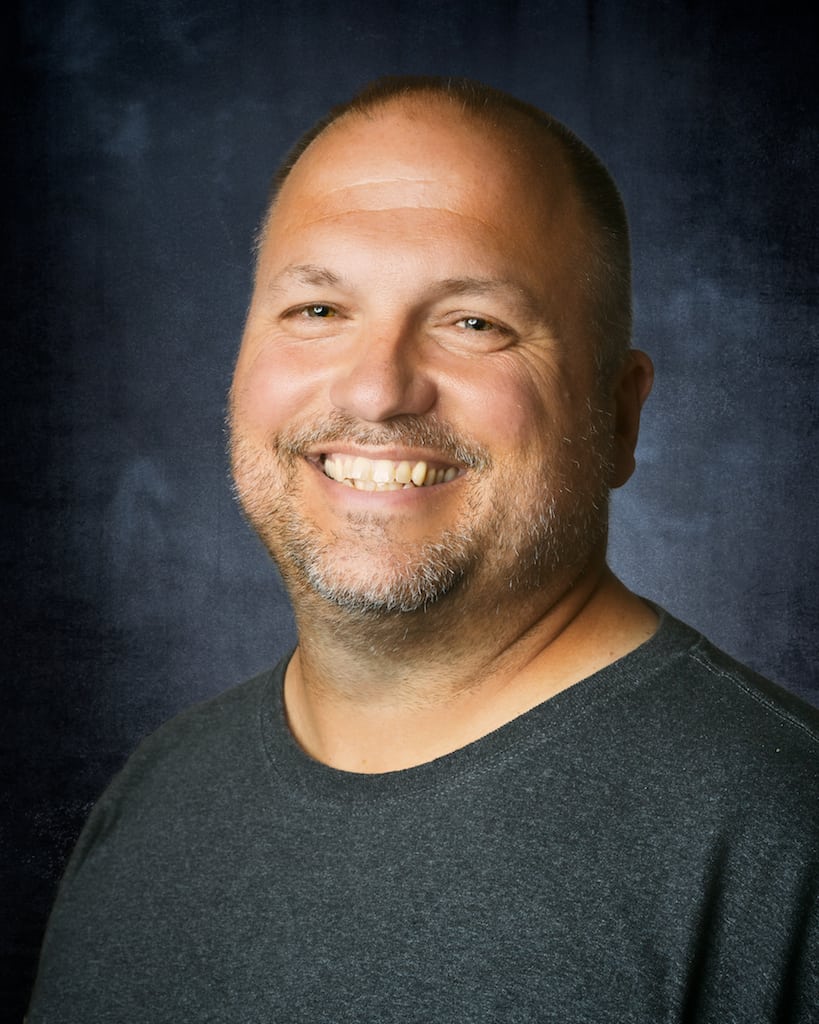
Landscape and fine art photographer based in Lexington, Tennessee – that’s right, Tennessee! Love of long exposures, black and white and film photography. Social networking junkie and love geeking out about everything photography! Husband to Laura and father to Sam. Well, there’s Doc the dog too!
